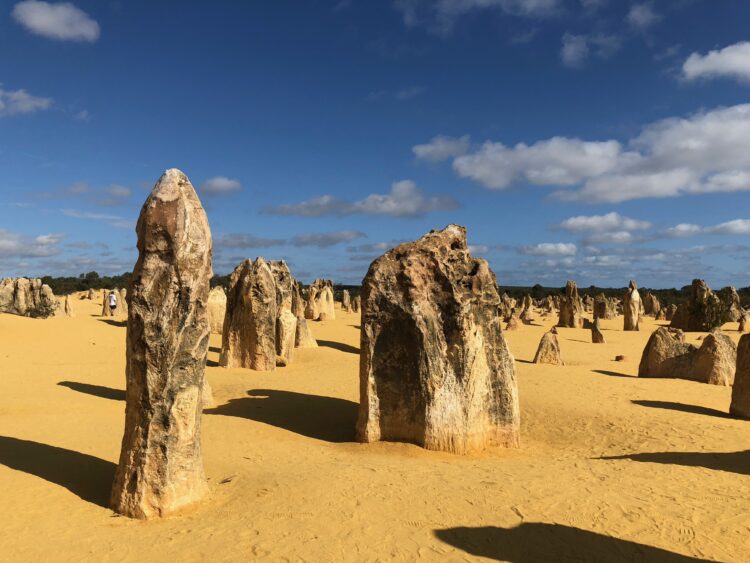Feeding kangaroos, photographing koalas and wombats, sandboarding, seeing and eating lobster, admiring the Indian Ocean, exploring the unique and fascinating formations of the Pinnacles Desert – all these, plus more, were the happenings of the day. Let’s see the details!
Day 26, Tuesday, October 1: The Pinnacles and other adventures
Today’s adventures had a few good things from the very beginning. First, there were only 8 of us on the Australian Pinnacle Tours’ big bus. Second, our driver/guide had a pleasant voice, a great attitude; he knew how much to say and when to say it, and he even let us simply enjoy without any commentary what we were seeing.
Around 8:30 am, we were already at Caversham Wildlife Park, which is located inside Whiteman Park, just 18 kilometers north-east from Perth. We walked through the kangaroo enclosure where we hand fed these friendly animals. And saw a dingo.
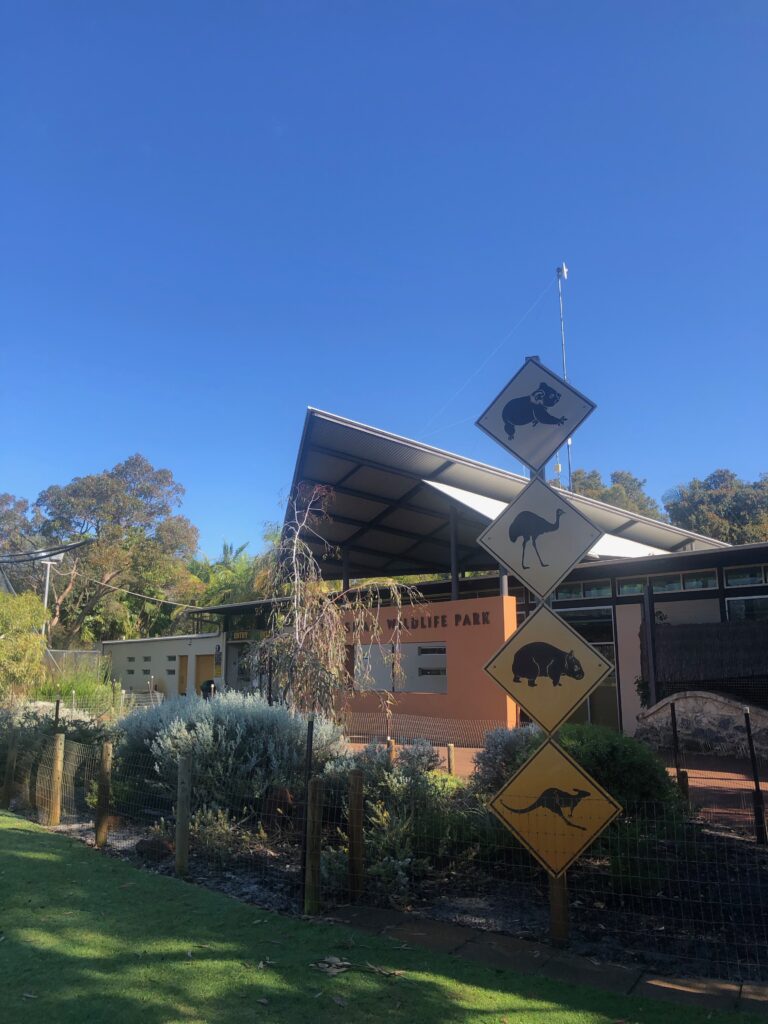
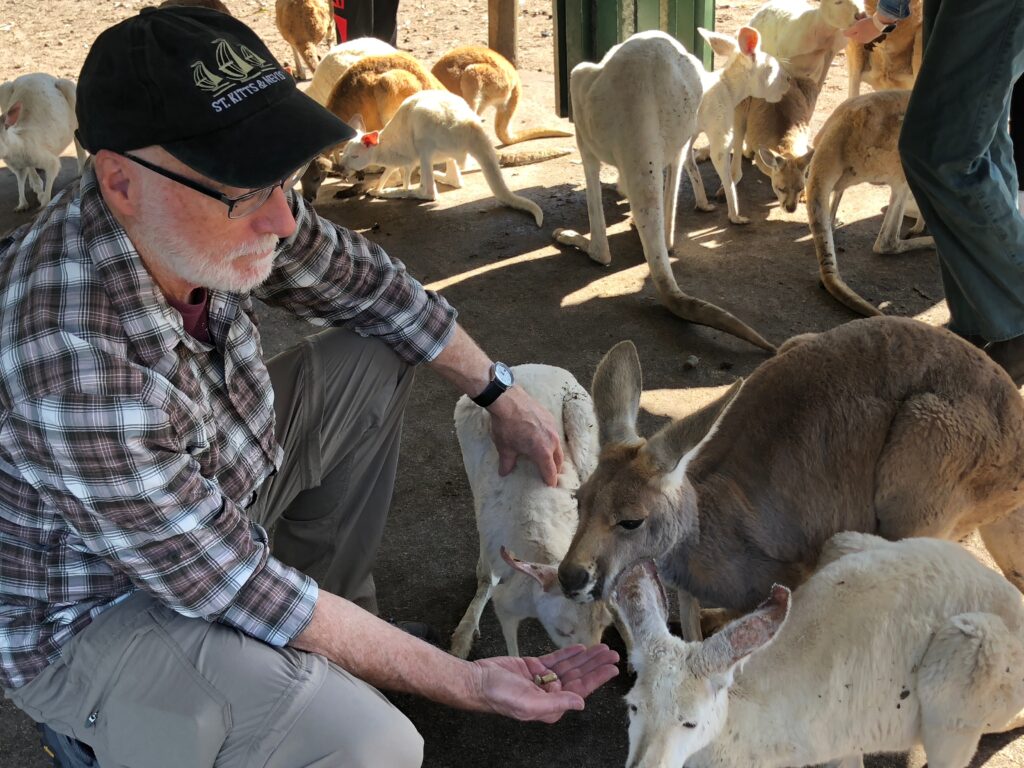
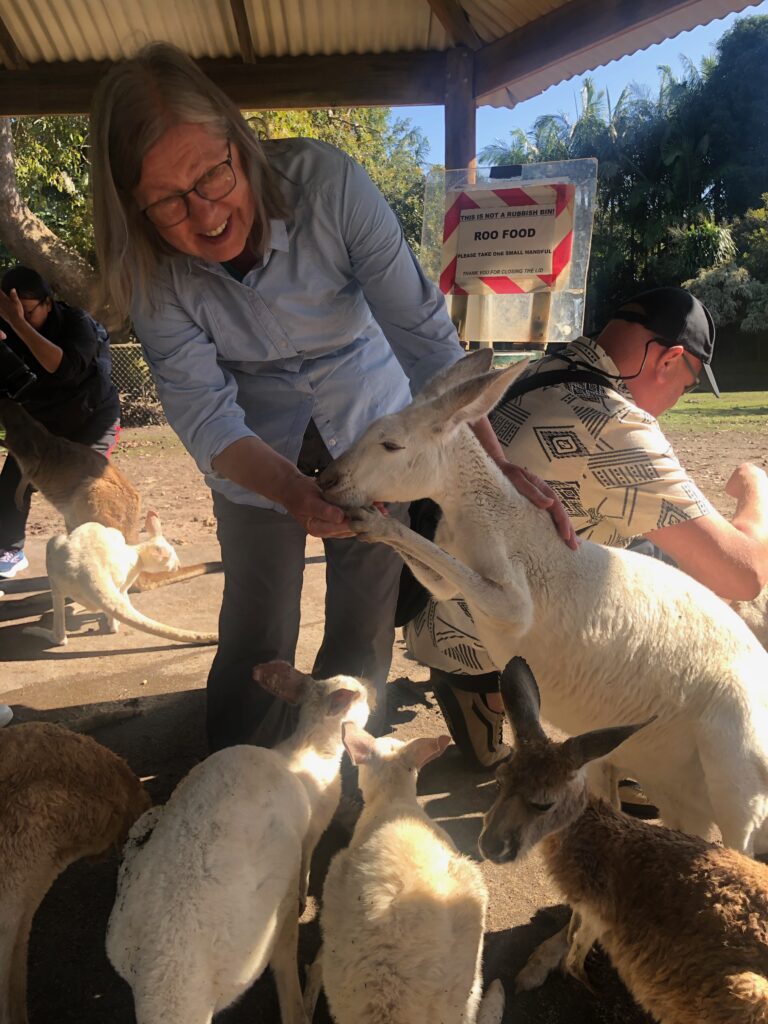
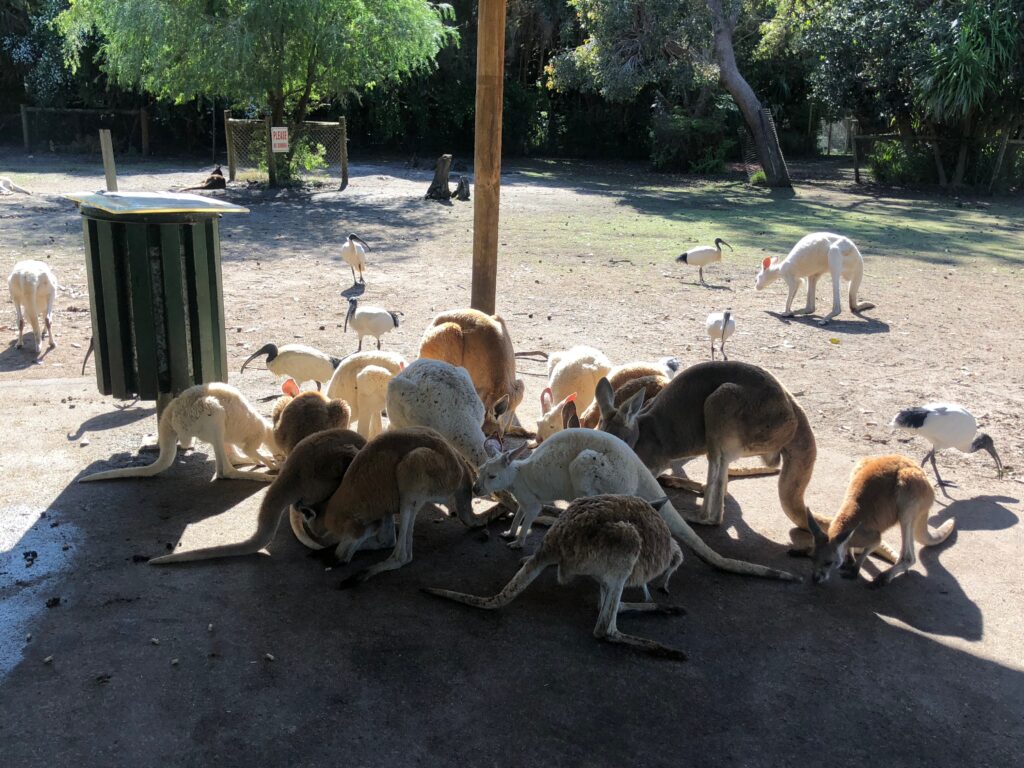
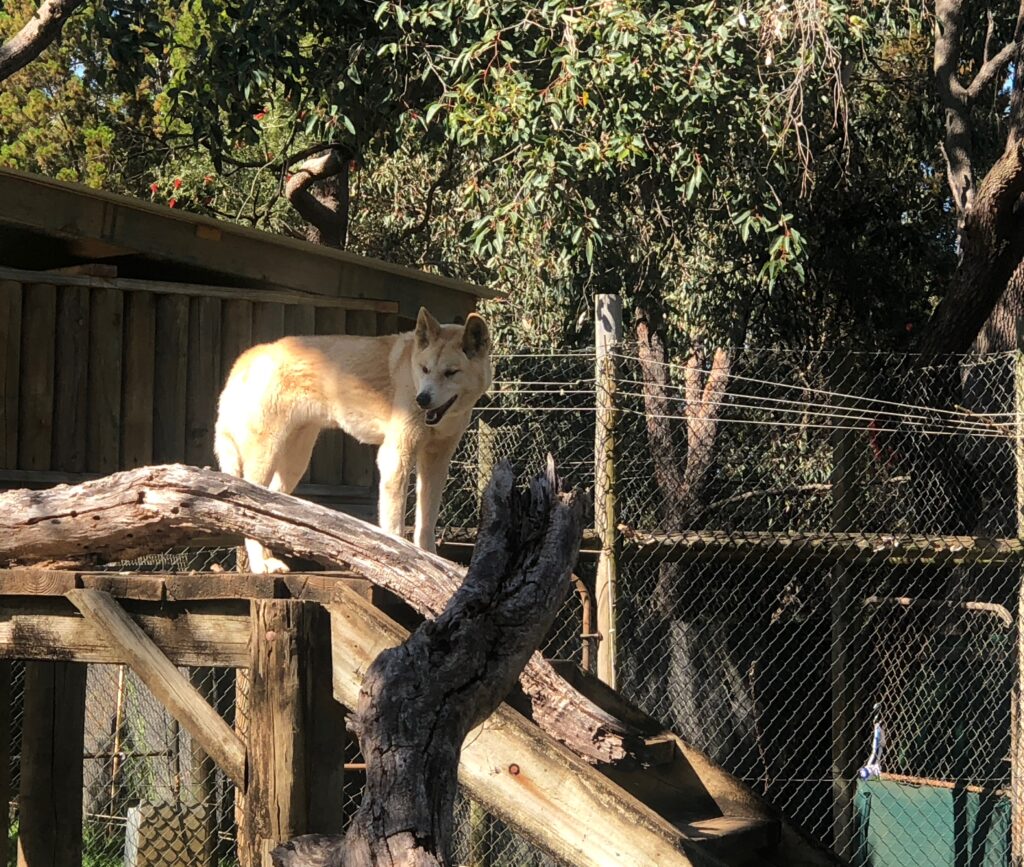 We got a chance to caress a wombat and a koala. Steve even found his namesake koala.
We got a chance to caress a wombat and a koala. Steve even found his namesake koala.
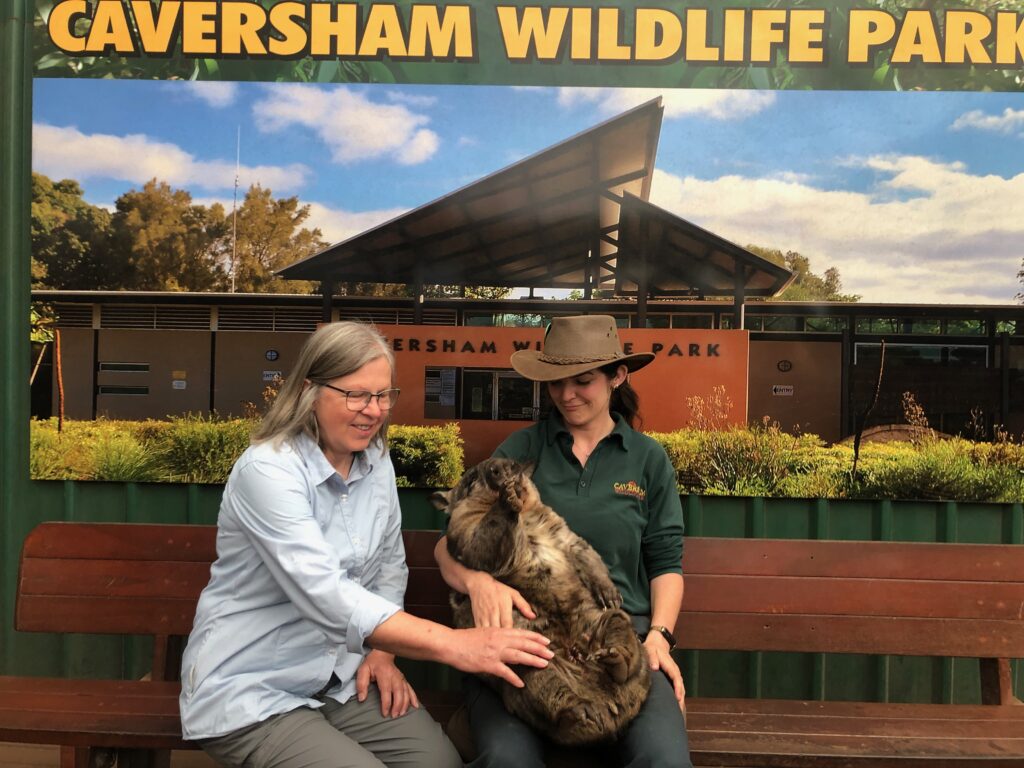
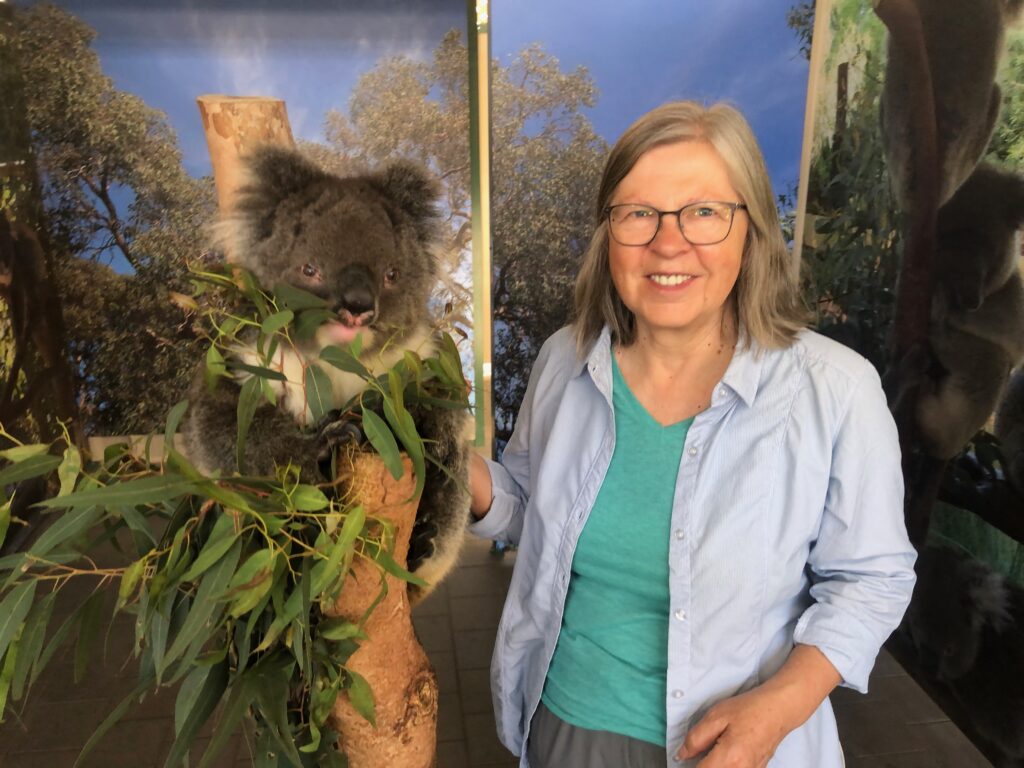
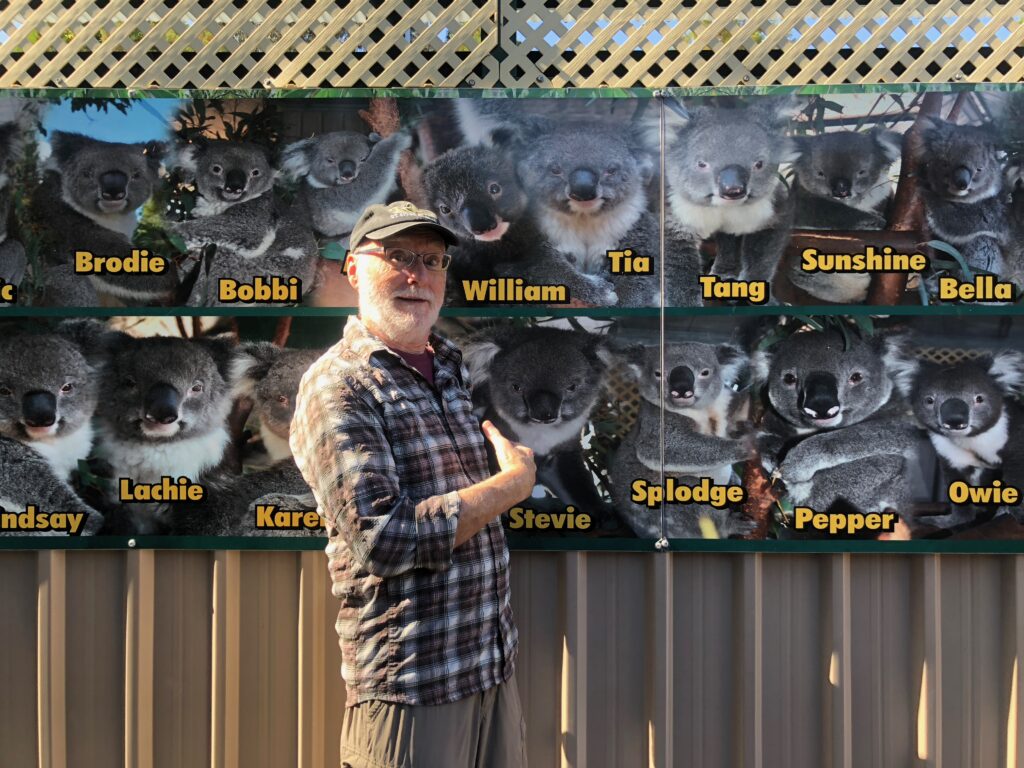 We traveled to Lancelin, where we experienced the thrill of 4-wheel riding over the biggest white sand dunes of Western Australia. Steve felt very adventurous as he tried sandboarding – with success! I, on the other hand, enjoyed being the photographer.
We traveled to Lancelin, where we experienced the thrill of 4-wheel riding over the biggest white sand dunes of Western Australia. Steve felt very adventurous as he tried sandboarding – with success! I, on the other hand, enjoyed being the photographer.
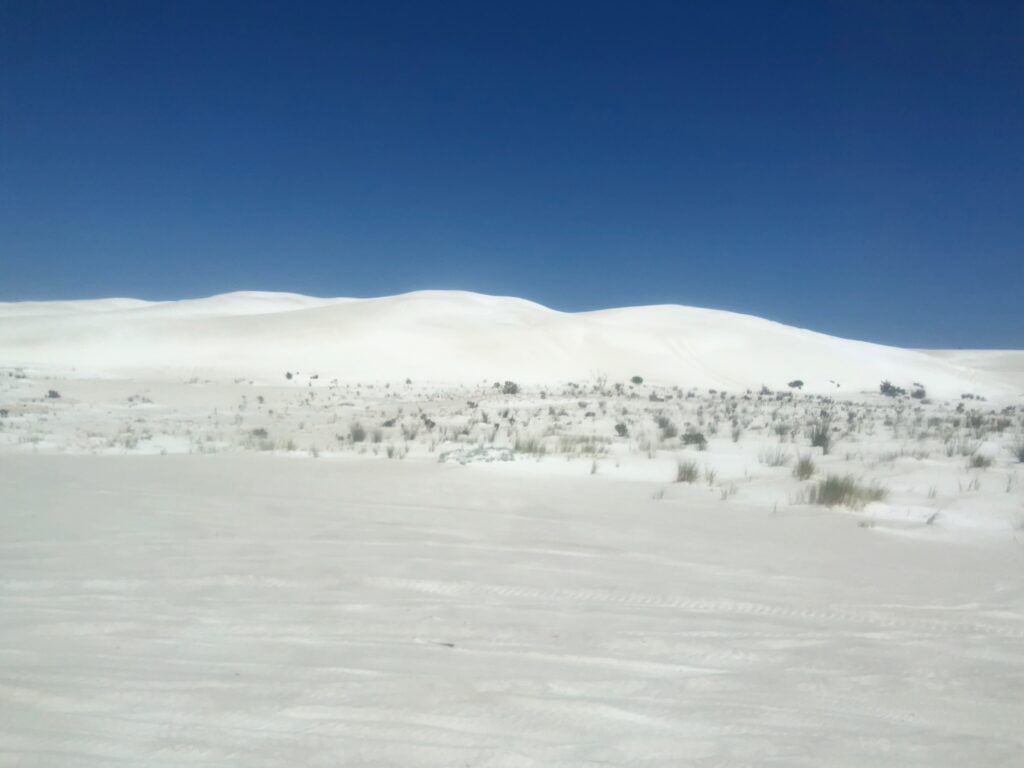
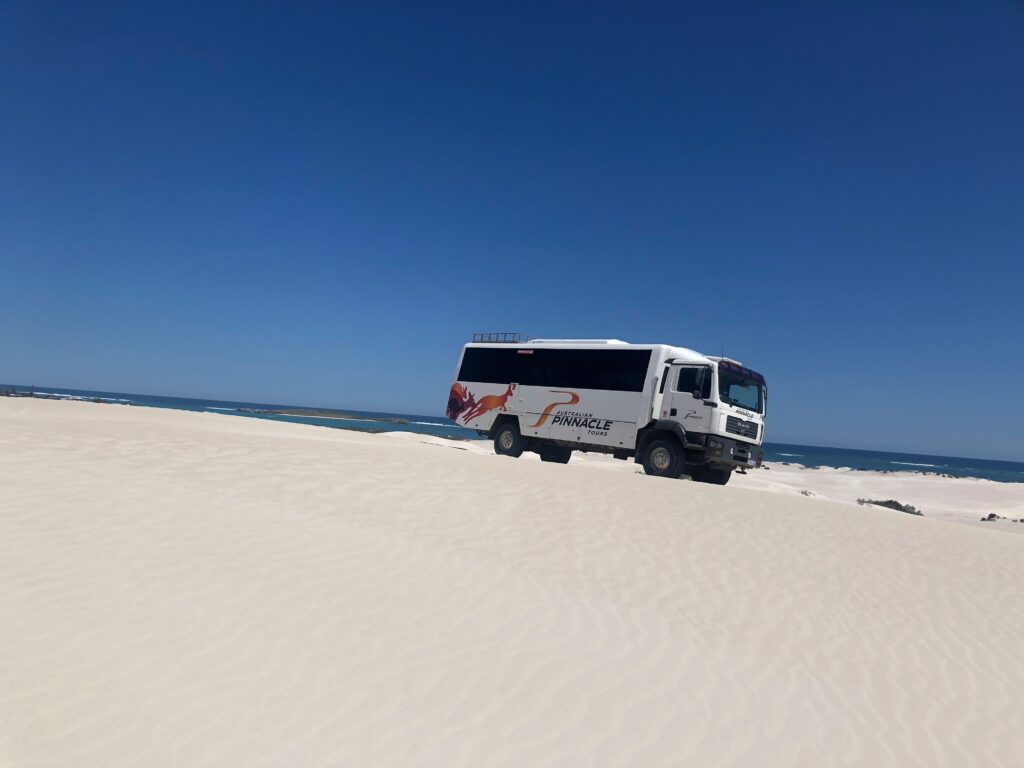
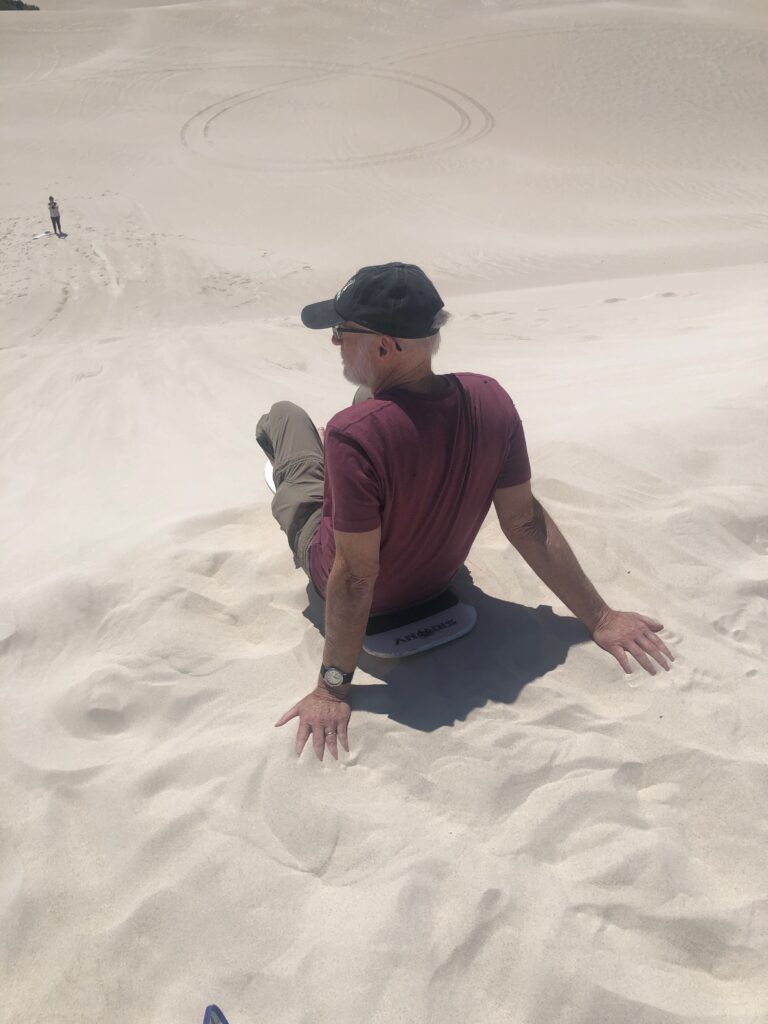
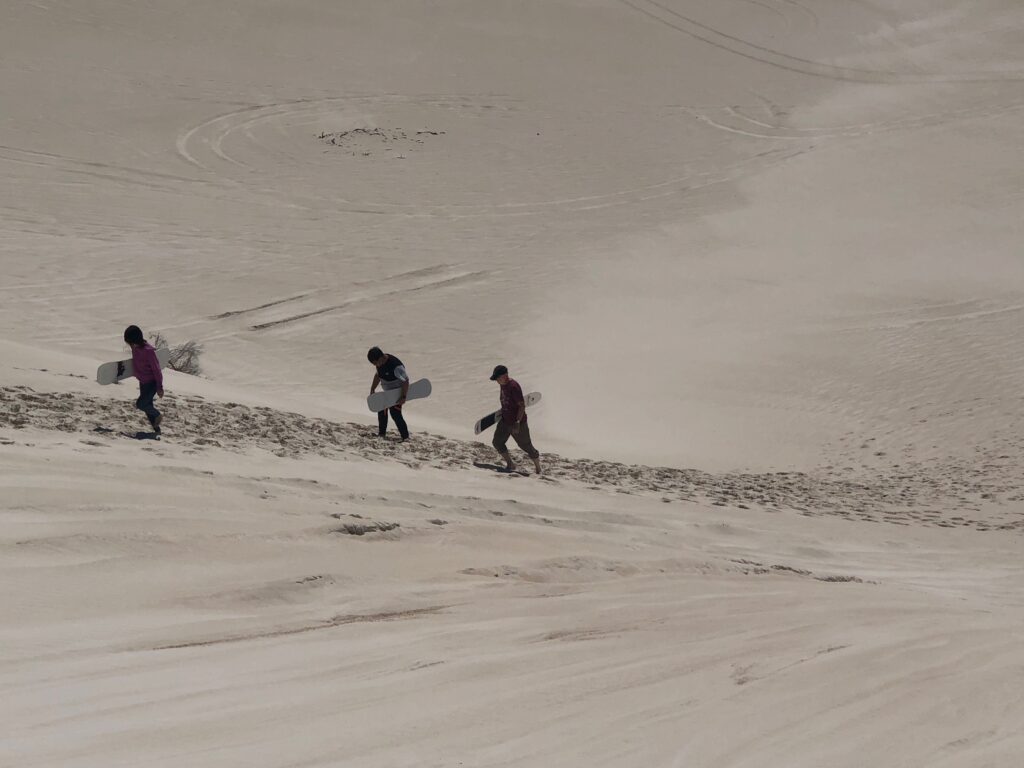
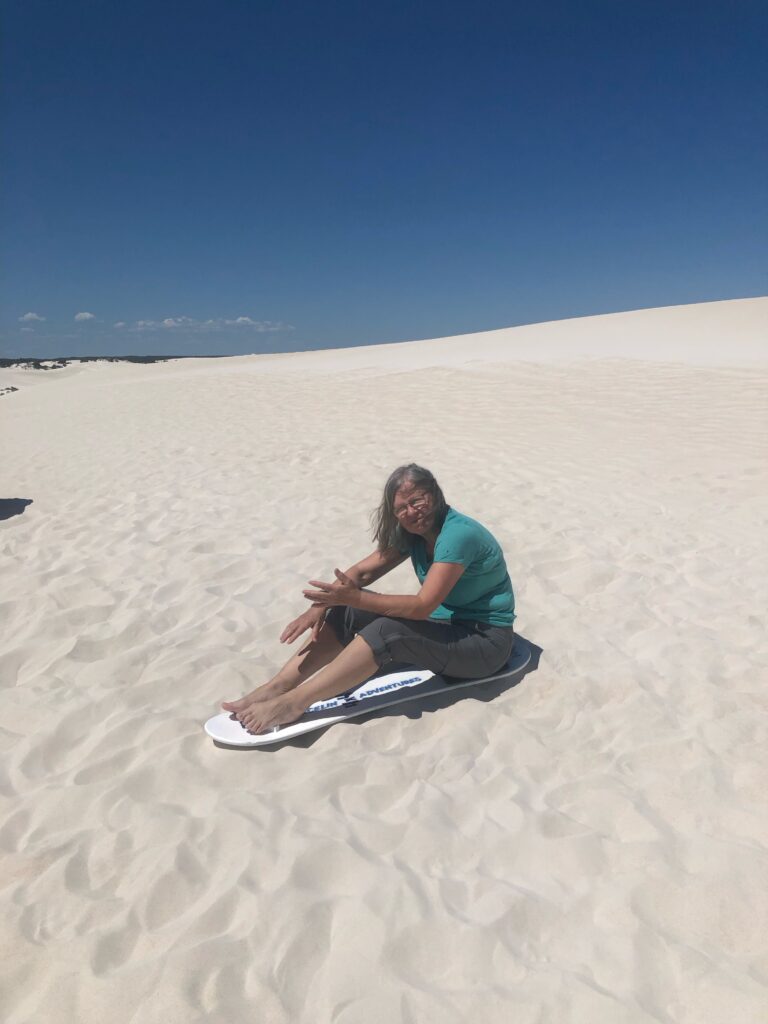 Then came the lobster fishing town of Cervantes. After a tour of the lobster processing plant, we shared one traditional fish-and-chips and one lobster-and-chips lunch between the two of us.
Then came the lobster fishing town of Cervantes. After a tour of the lobster processing plant, we shared one traditional fish-and-chips and one lobster-and-chips lunch between the two of us.
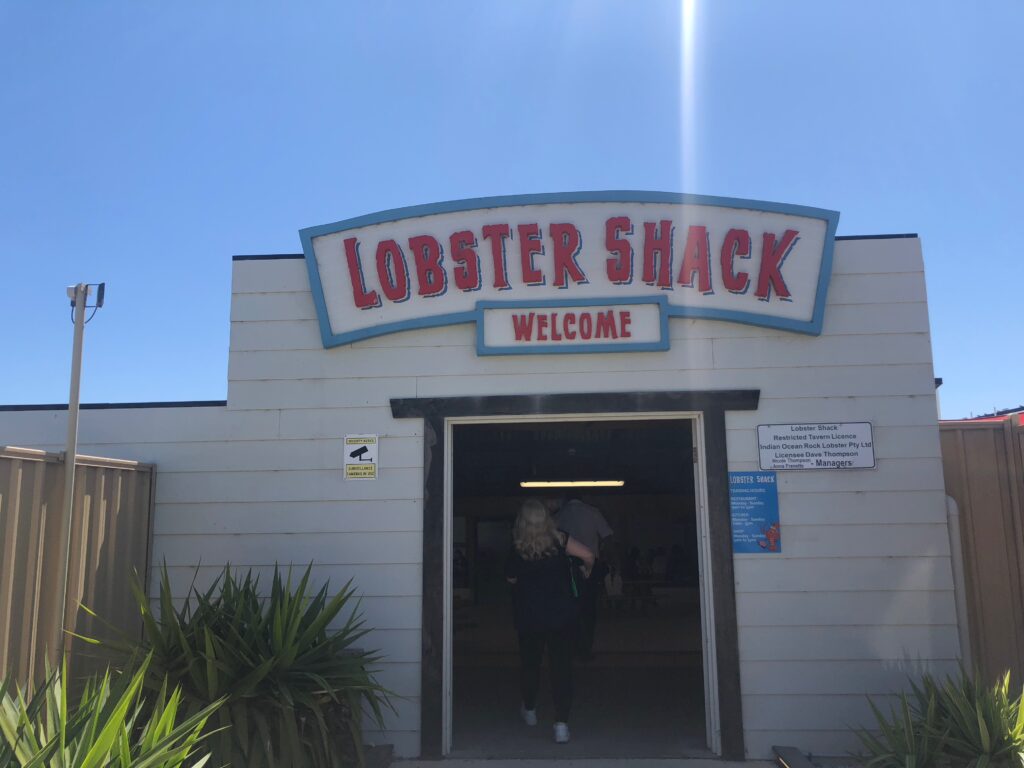
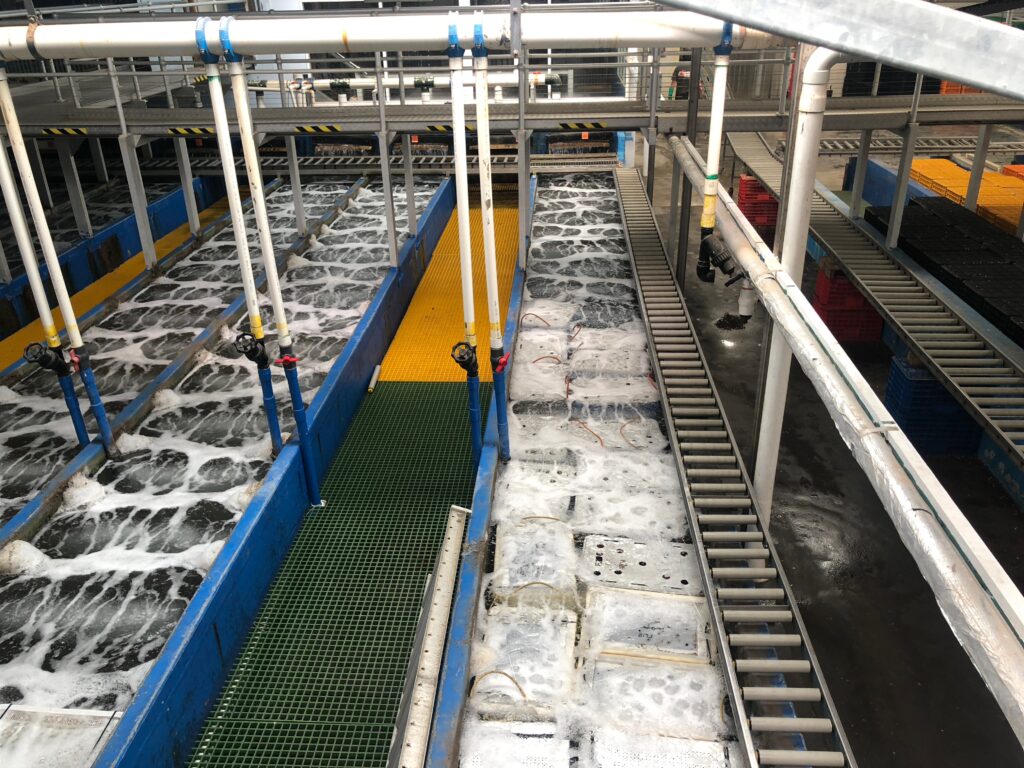
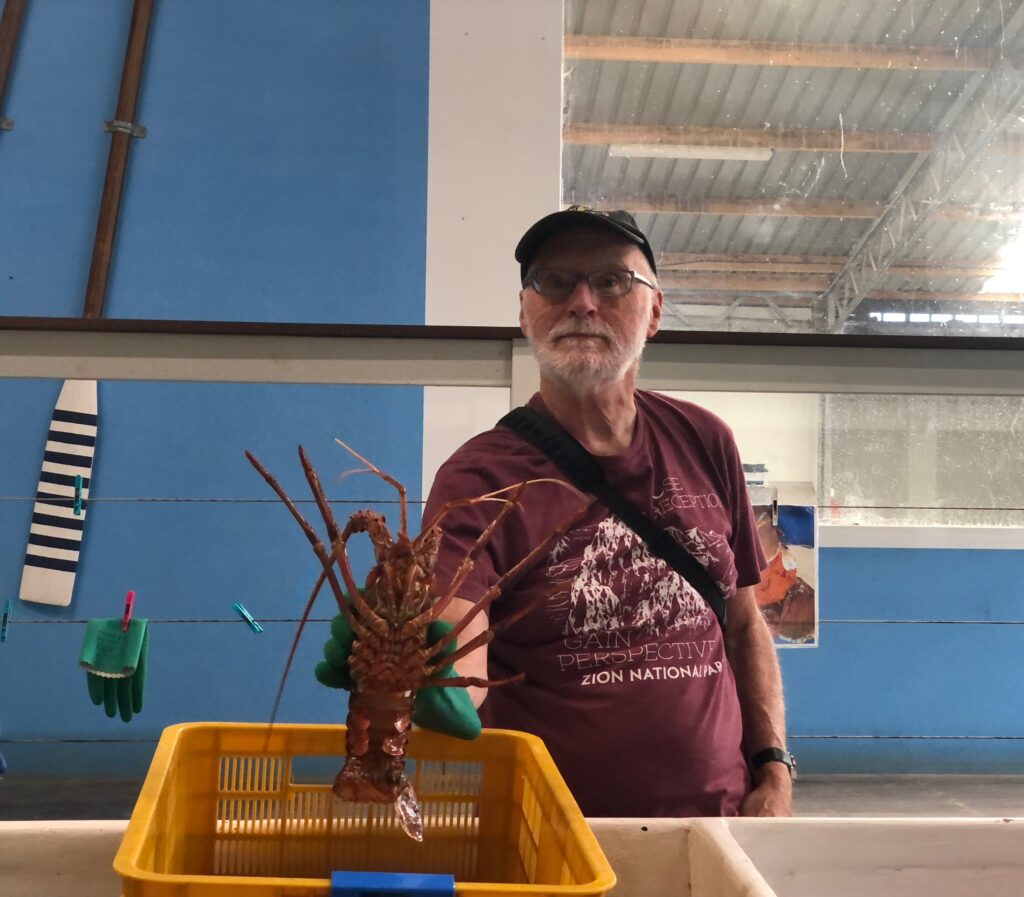
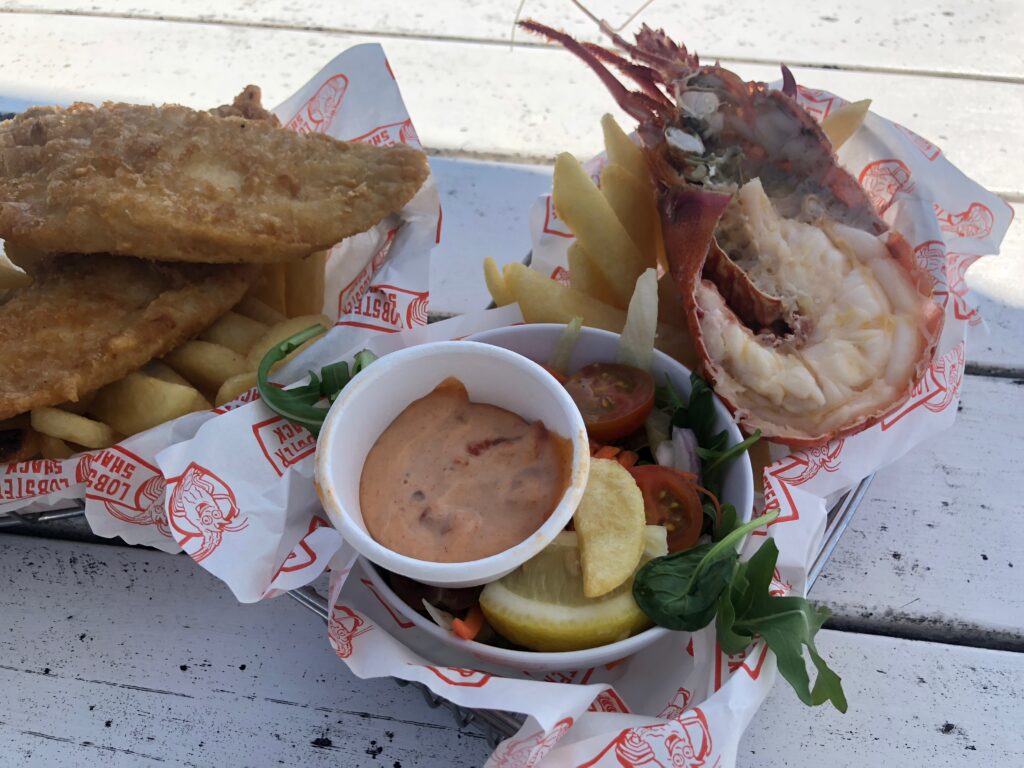
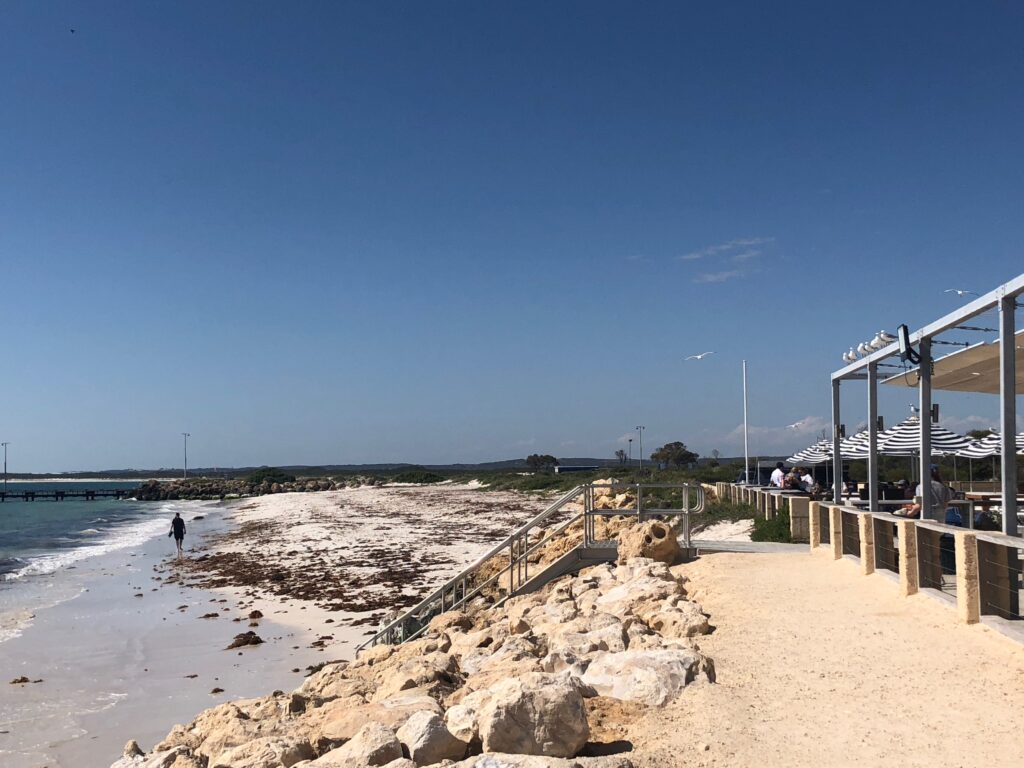 After lunch, we got time to stop at Lake Thetis to see the fragile stromatolites, the descendants of the earliest lifeforms on Earth. These living microbial communities looked like black circles in the water.
After lunch, we got time to stop at Lake Thetis to see the fragile stromatolites, the descendants of the earliest lifeforms on Earth. These living microbial communities looked like black circles in the water.
 Out of the many exciting places of Australia, we were eager to finally arrive in the eerie Pinnacles of the Namburg National Park. The Pinnacles are one of Western Australia’s major attractions. They are natural limestone structures – formed around 30,000 years ago – creating a fascinating landscape.
Out of the many exciting places of Australia, we were eager to finally arrive in the eerie Pinnacles of the Namburg National Park. The Pinnacles are one of Western Australia’s major attractions. They are natural limestone structures – formed around 30,000 years ago – creating a fascinating landscape.

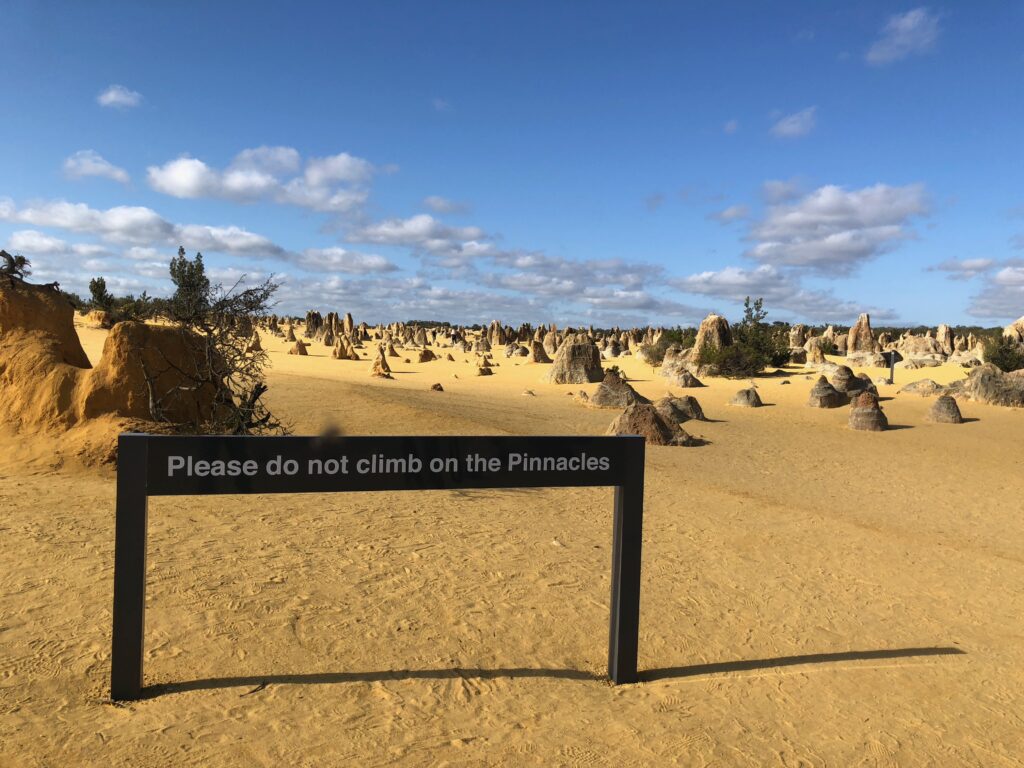 As we strolled through the lunar-like Pinnacles in the yellow desert sand, we were in awe of the scenery of the spires of various sizes and shapes. We wondered how these formations got here. Scientists still don’t have the definite answer for it. According to one theory, the spires are actually the remains of plants.
As we strolled through the lunar-like Pinnacles in the yellow desert sand, we were in awe of the scenery of the spires of various sizes and shapes. We wondered how these formations got here. Scientists still don’t have the definite answer for it. According to one theory, the spires are actually the remains of plants.
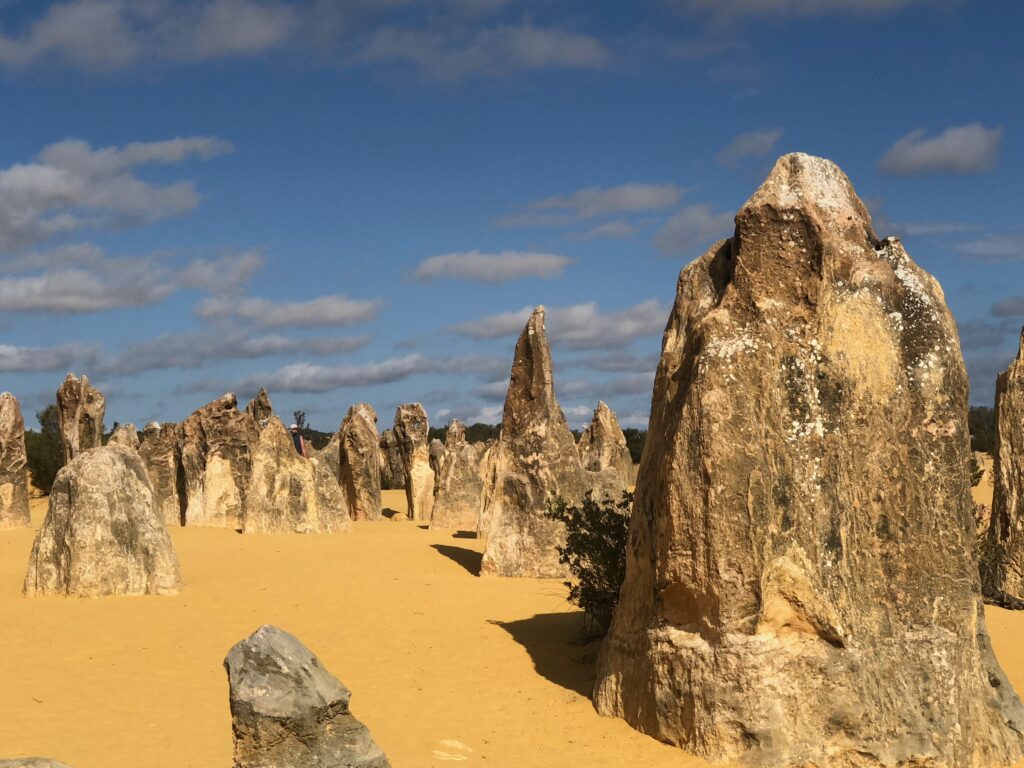

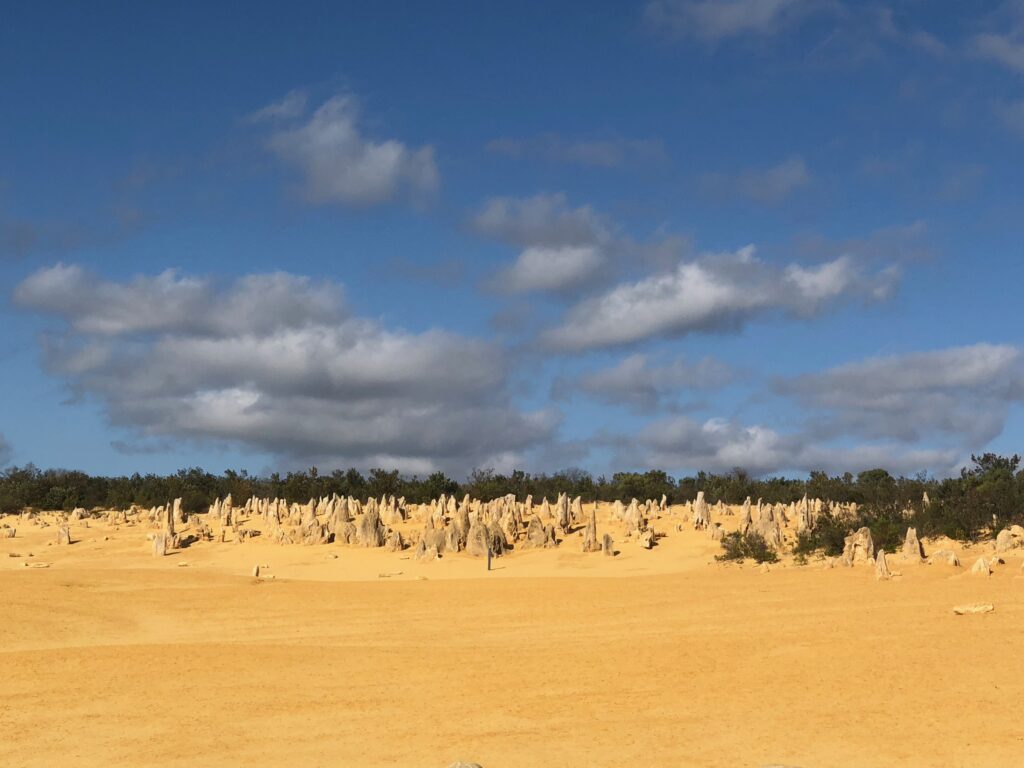

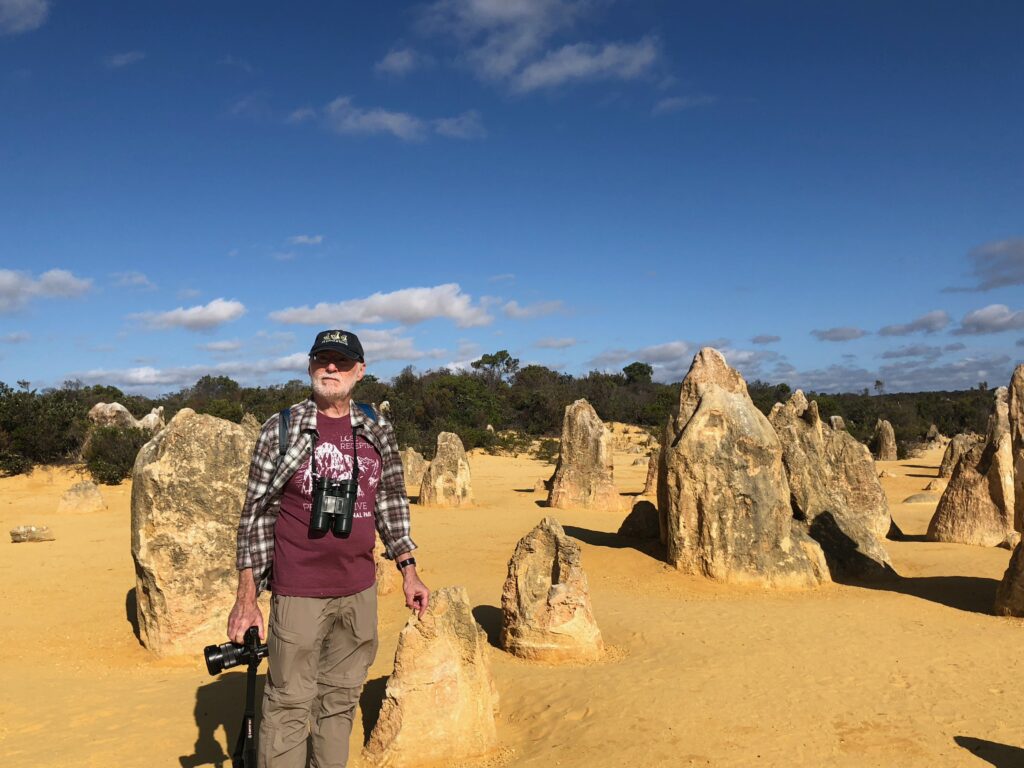 On our way back to Perth, we walked to Jurien Bay Marine Park and admired the stunning beaches.
On our way back to Perth, we walked to Jurien Bay Marine Park and admired the stunning beaches.
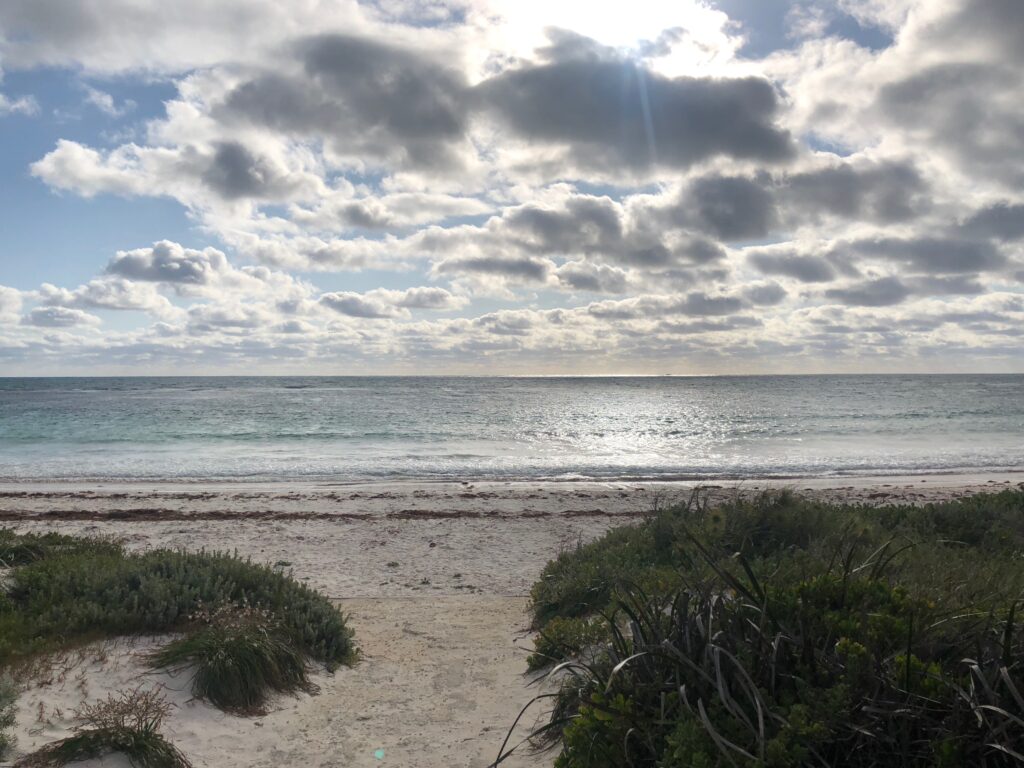
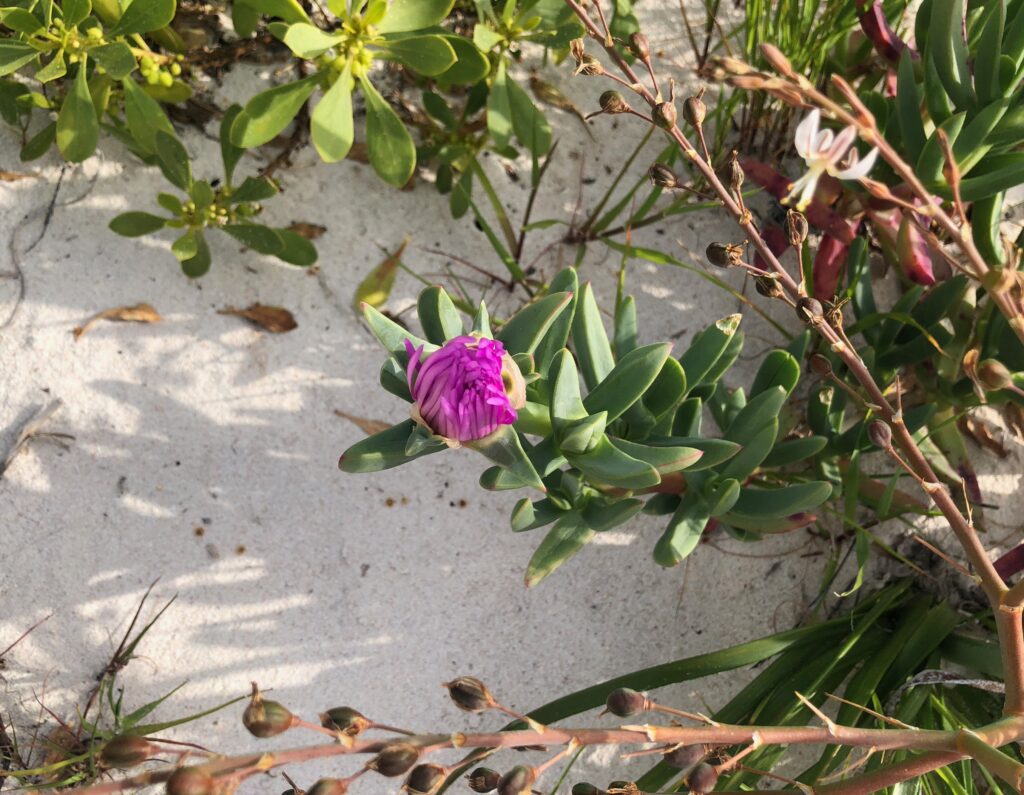 At a quick stop at Wanagarren Nature Preserve we learned about grass trees. These iconic, hardy perennials can be found only in Australia. The smallest grow to about 1 meter, but others can even be 6 meters tall. They grow very slowly; some are estimated to be 350 – 450 years old. The flowers of the grass trees form a spear-like spike, which was used by the Aboriginal people as fishing spear shafts and firesticks.
At a quick stop at Wanagarren Nature Preserve we learned about grass trees. These iconic, hardy perennials can be found only in Australia. The smallest grow to about 1 meter, but others can even be 6 meters tall. They grow very slowly; some are estimated to be 350 – 450 years old. The flowers of the grass trees form a spear-like spike, which was used by the Aboriginal people as fishing spear shafts and firesticks.
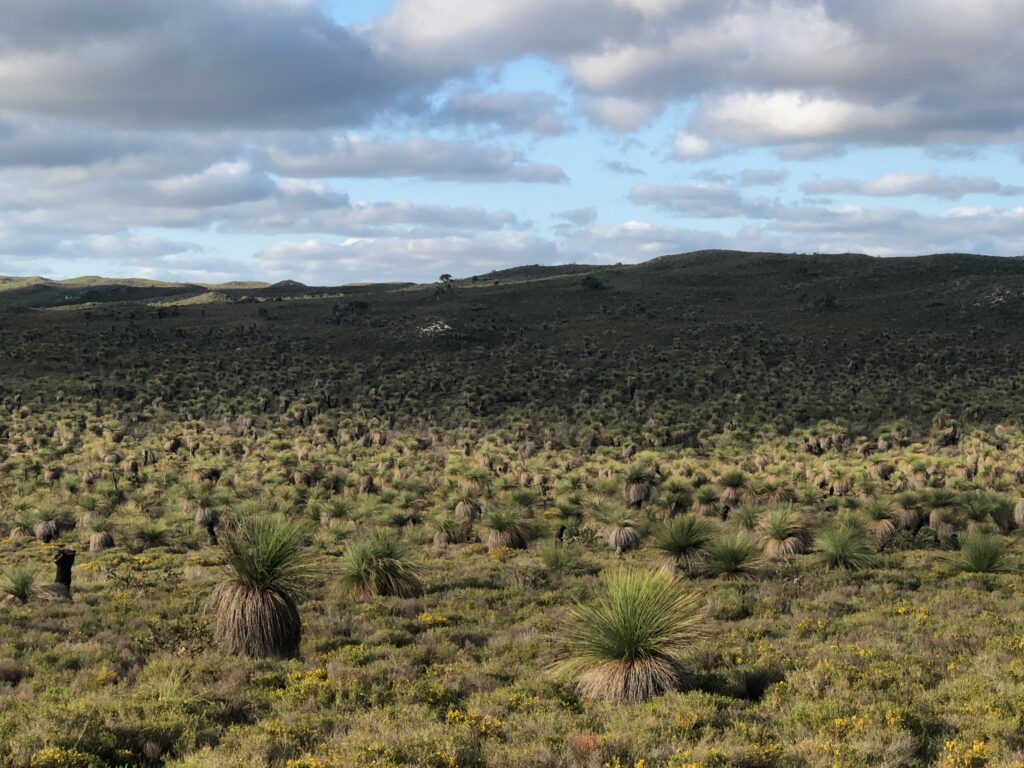
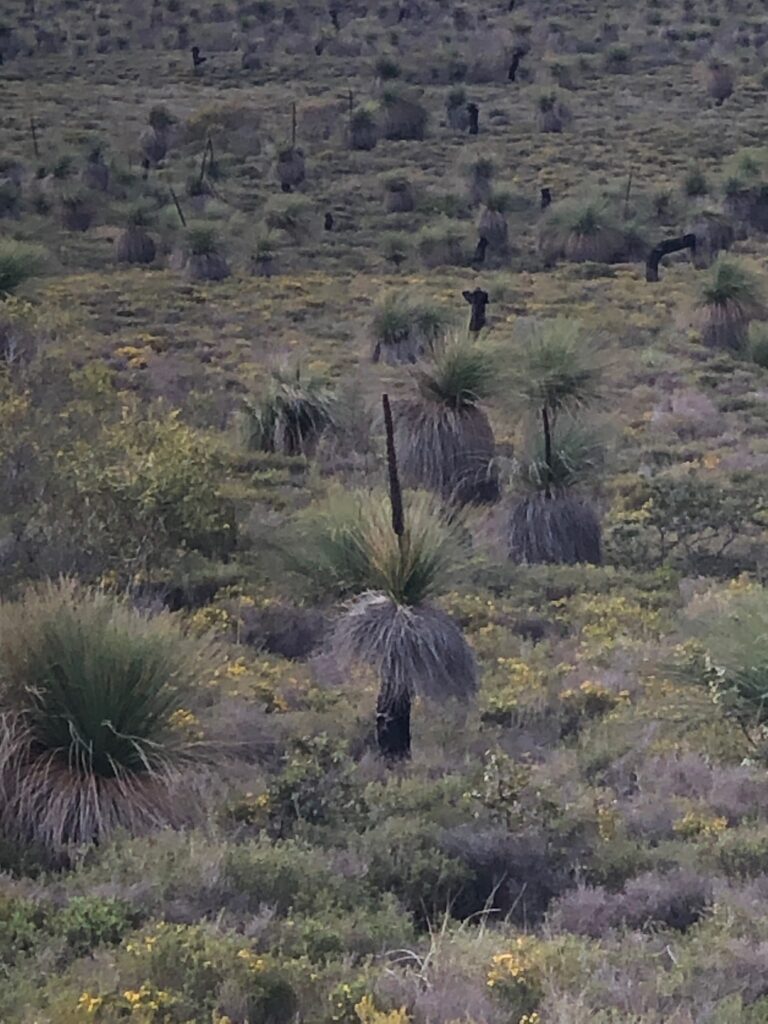 Shortly before we got back to Perth around 7 pm, we noticed the amazing clouds. It turned out that a bushfire along the road caused the reddish colors.
Shortly before we got back to Perth around 7 pm, we noticed the amazing clouds. It turned out that a bushfire along the road caused the reddish colors.
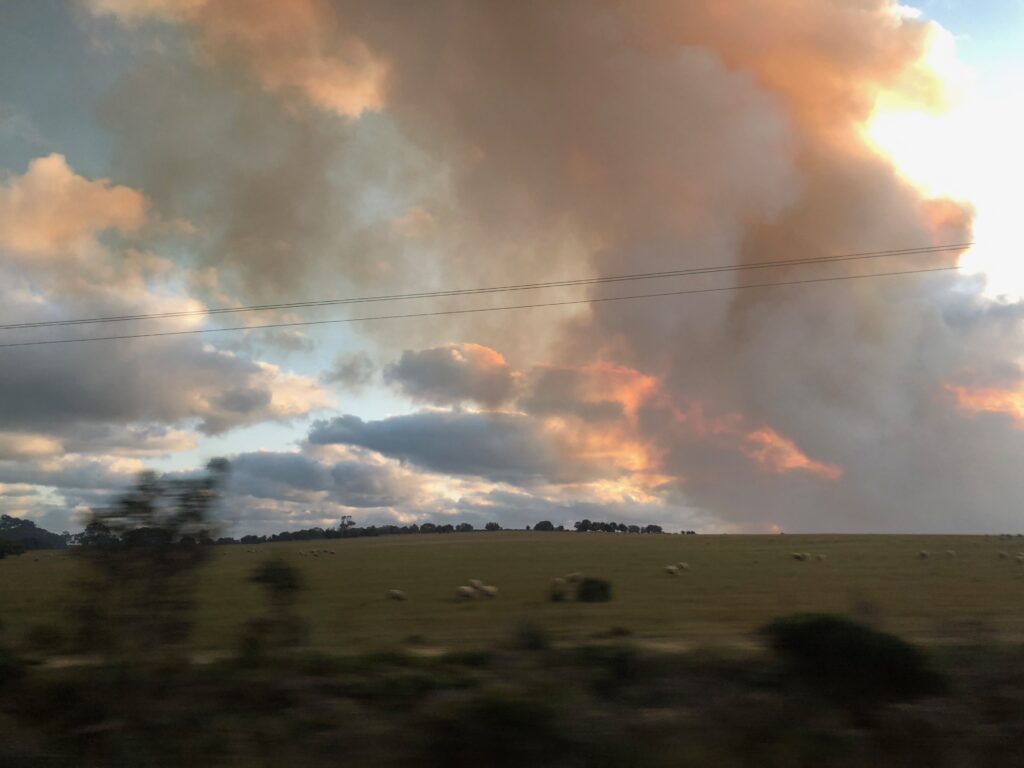
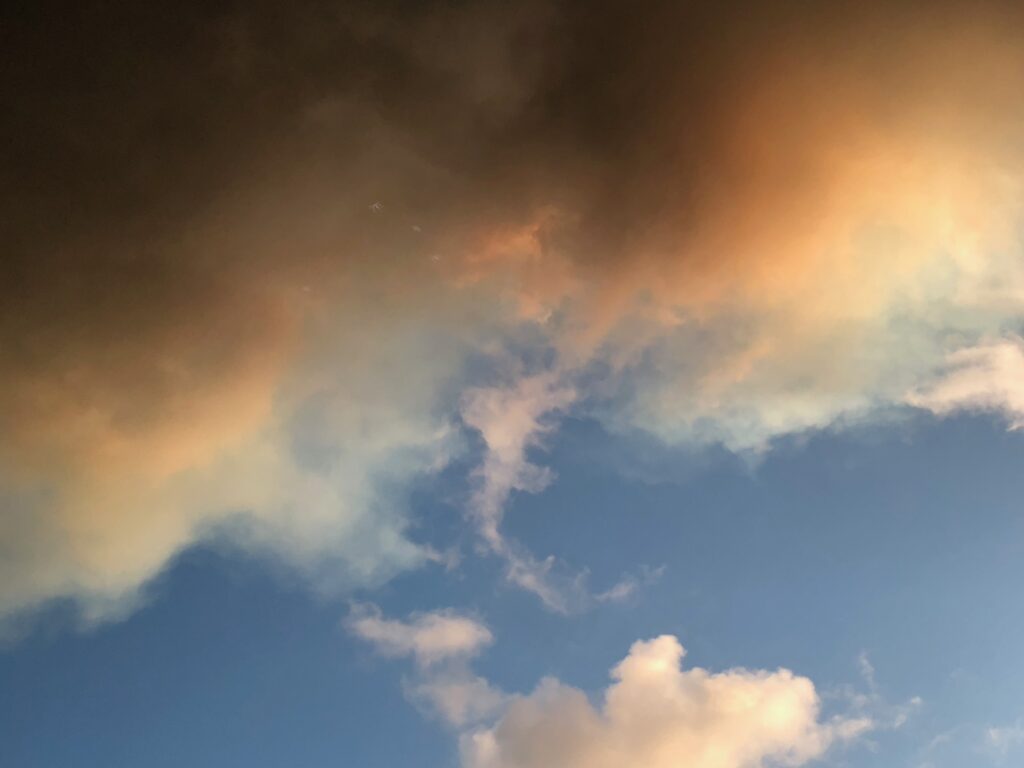 What an absolutely brilliant day we had today!
What an absolutely brilliant day we had today!
